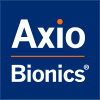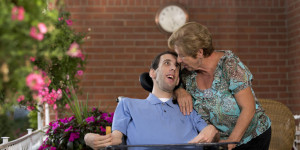
Muscle Therapy
By integrating NMES into garments, Wearable Therapy® puts you in control of therapy time to help you achieve unmatched muscle rehabilitation.
Neuromuscular Electrical Stimulation (NMES) is the science of muscle activation using electrical impulses.
To make muscles contract, a muscle stimulator sends impulses to targeted nerves and muscles.
As current flows, muscles contract. When the impulses are stopped, the muscles relax.
All of this can take place without the brain initiating the contraction. Therefore, NMES is a method of artificially inducing muscles to work even when the brain has lost some or all the ability to make the body move.
Prevents Muscle Atrophy
Muscle atrophy is a decline of muscle strength precipitated by a loss of stress on the muscle. NMES is an effective modality for treating atrophied muscle. NMES activates muscles, causing them to contract gently or with more vigor depending on the intensity of the stimulus.

Increases Range of Motion
Muscle stimulation actively flexes and extends joints to promote movement in stiff or contracted limbs. Cyclical muscle stimulation induces movement and is helpful at increasing range of motion of joints and preventing regression.

Re-educates Muscle
The process of relearning how to move and contract muscle is called muscle re-education. NMES can invoke muscle re-education by repeatedly contracting and relaxing muscles. This activity strengthens the connection between the brain and muscle and improves awareness of the involved limb.

Increases Local Blood Circulation
Poor circulation is the slowing of blood flow to an anatomical area. Poor blood flow can occur when muscles don't contract with adequate frequency or when they lack sufficient strength to push stagnant blood back into circulation.
NMES-induced contractions force blood to move toward the heart. Along with this effect on venous flow, the added muscle activity that NMES produces creates a demand for oxygen-rich blood to flow into a contracting muscle and surrounding area.
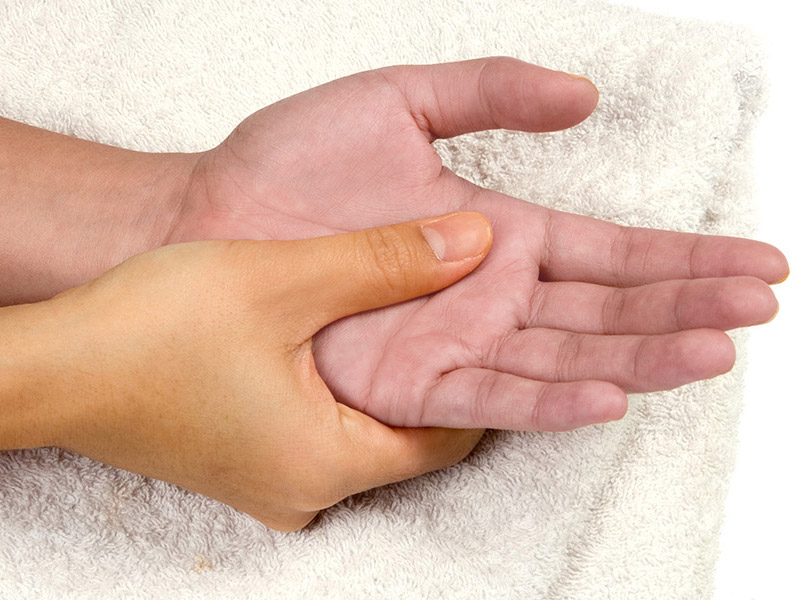
Relaxes Muscle Spasms
Muscle spasms are involuntary muscle contractions that either put muscles into a state of constant tension or into erratic, pulsating contractions. NMES can calm muscle spasms and restore a more natural state of relaxation.
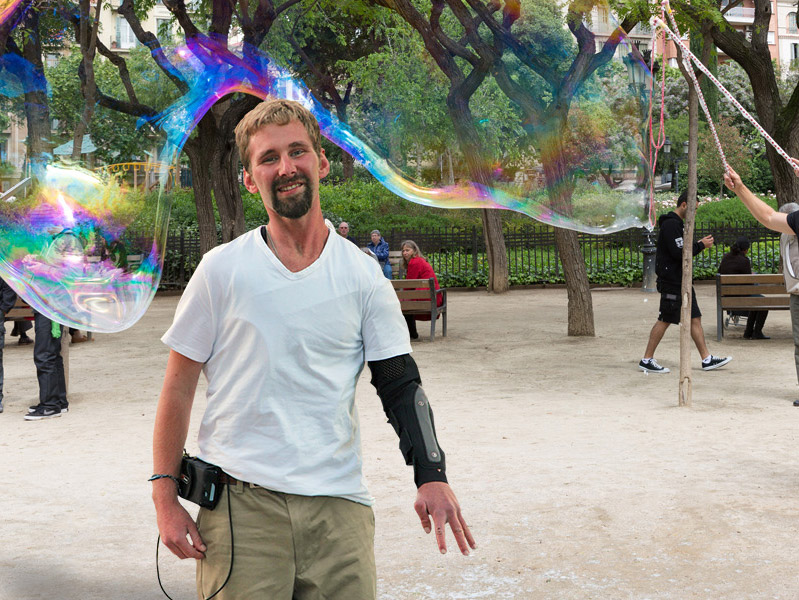
Indications for NMES:
- Retarding or preventing disuse atrophy
- Maintaining or increasing range of motion
- Re-educating muscles
- Relaxation of muscle spasms
- Increasing local blood circulation
- Prevention of venous thrombosis of the calf muscles immediately after surgery
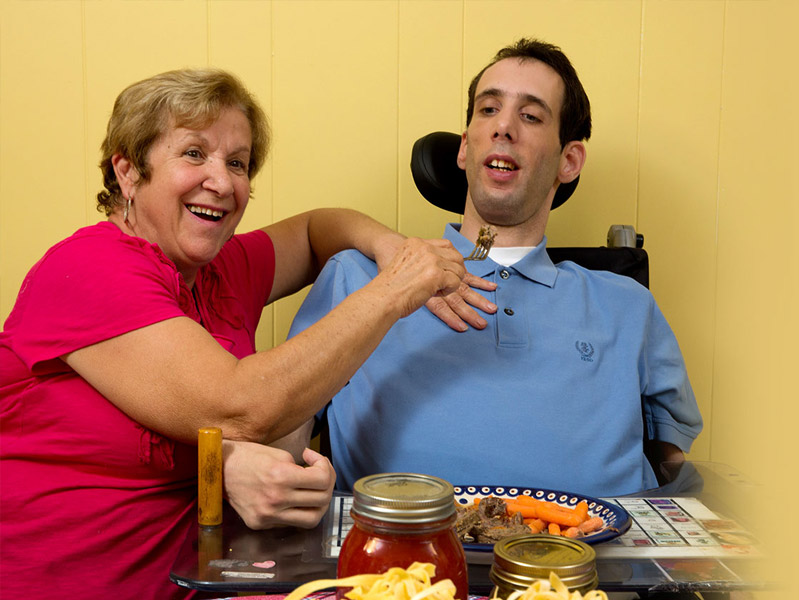
Treatment for the Effects of Spinal Cord Injury
Wearable Therapy™ treats the effects of neurological conditions such as disuse muscle atrophy and muscle spasms in patients with spinal cord injury.
It is important to begin using Wearable Therapy™ as soon as possible after spinal cord injury to prevent the loss of muscle mass.
Drew's Story
Drew Clayborn was practicing a backflip in 2010 for the school musical at Walled Lake Central High in Michigan when the unthinkable occurred. Drew Clayborn, a 15-year-old sophomore, suffered a spinal cord injury that left him paralyzed.
Despite his injury, Drew finished high school and went on to attend the University of Michigan.
Drew incorporates Wearable Therapy™ into his daily routine. Even though he is busy attending classes and studying, he is able to fit in daily workouts with Wearable Therapy® because it is conveniently done in his bed or wheelchair.
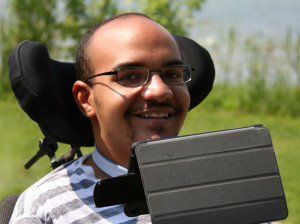
Drew now uses Wearable Therapy™ 3-5 hours per day to prevent muscle atrophy, manage muscle spasms, and improve local circulation.
He can use his Wearable Therapy™ while engaging in other activities such as studying, watching TV or sleeping.
Drew was fit with a full complement of Wearable Therapy™ systems designed for patients with complete quadriplegia.
It includes the following:
Arms
Left Arm BioSleeve
deltoid
biceps
triceps
finger flexors
finger extensors
Right Arm BioSleeve
deltoid
biceps
triceps
finger flexors
finger extensors
Spine
BioVest
paraspinal muscles
BioBelt
abdominals
Legs
BioShorts
quadriceps
hamstrings
gluteals
Left Leg BioSleeve
dorsiflexors
plantarflexors
Right Leg BioSleeve
dorsiflexors
plantarflexors
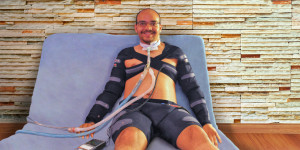
Drew's legs look as good as the day he attempted that backflip.
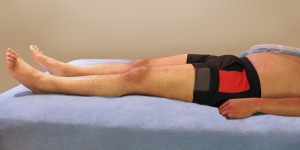
Drew Clayborn is a Wearable Therapy™ user and advocate. We stand in strong support of this young man as he demonstrates to the world that the human spirit can overcome great obstacles.
Wearable Therapy™ may be the right choice for you.
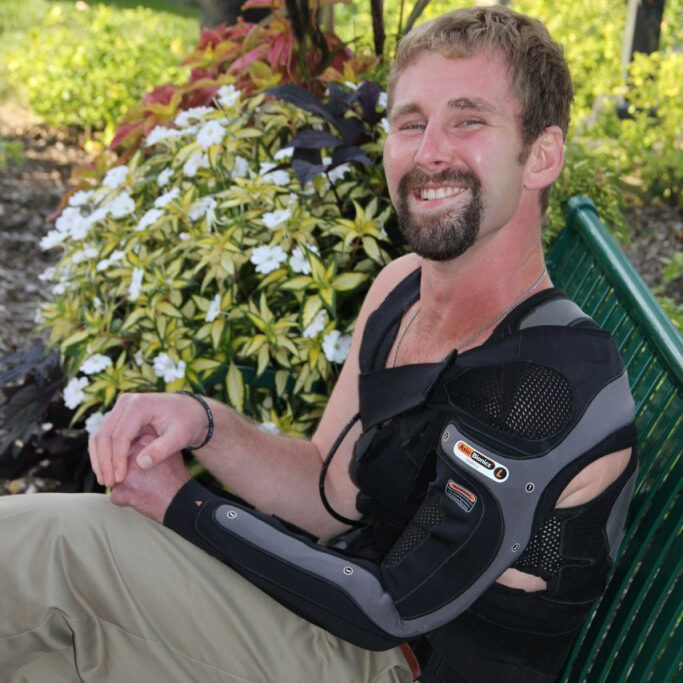
"Bracing was attempting to correct my body, but Wearable Therapy™ is actually working with it and there's no fight. My body simply cooperates when I'm using it.
I used my arm about 4% of the time before Wearable Therapy™. I had to think, should I use the arm or just simply use my good hand? And now I use my affected hand in 80% of my activities. It's not perfect yet, but the effort it takes to move my arm is becoming easier all the time."
– David
"I sometimes forget what this technology does, but when David walks without Wearable Therapy™ it takes me back to the time when he struggled so much. With the Wearable Therapy™ device, his ankle doesn’t roll over and collapse. His foot is no longer doing that to the degree it was. It seems to be improving all the time.
This technology has lowered the cost to manage David’s condition and yet provided him with unprecedented results that I thought he would never achieve. He'd plateaued a long time ago. Wearable Therapy™ is something that should be offered to patients as early as possible to prevent atrophy and to move the patient along much faster.
To watch this giant leap forward take place is just the best feeling.”
– David's Mom
